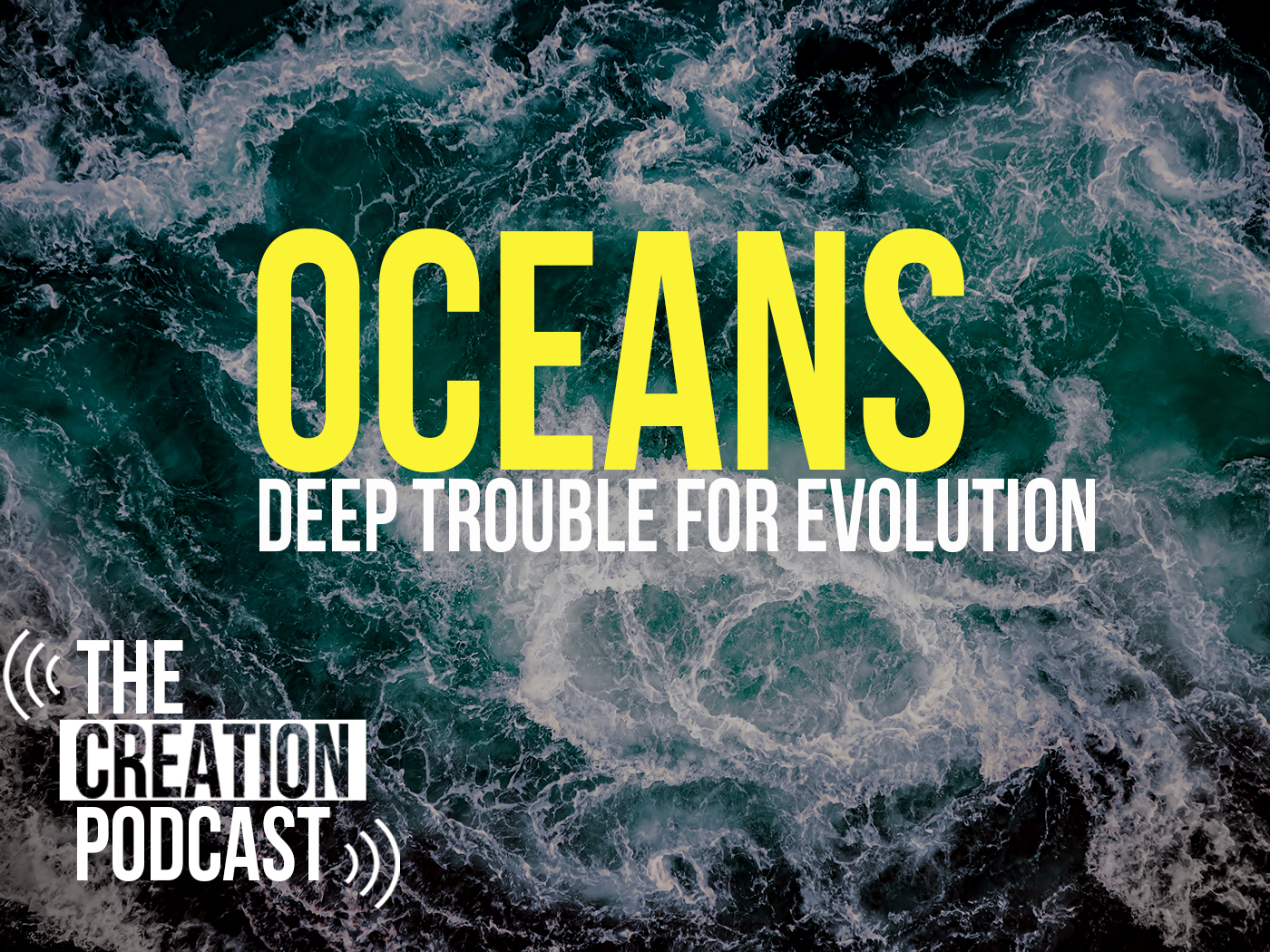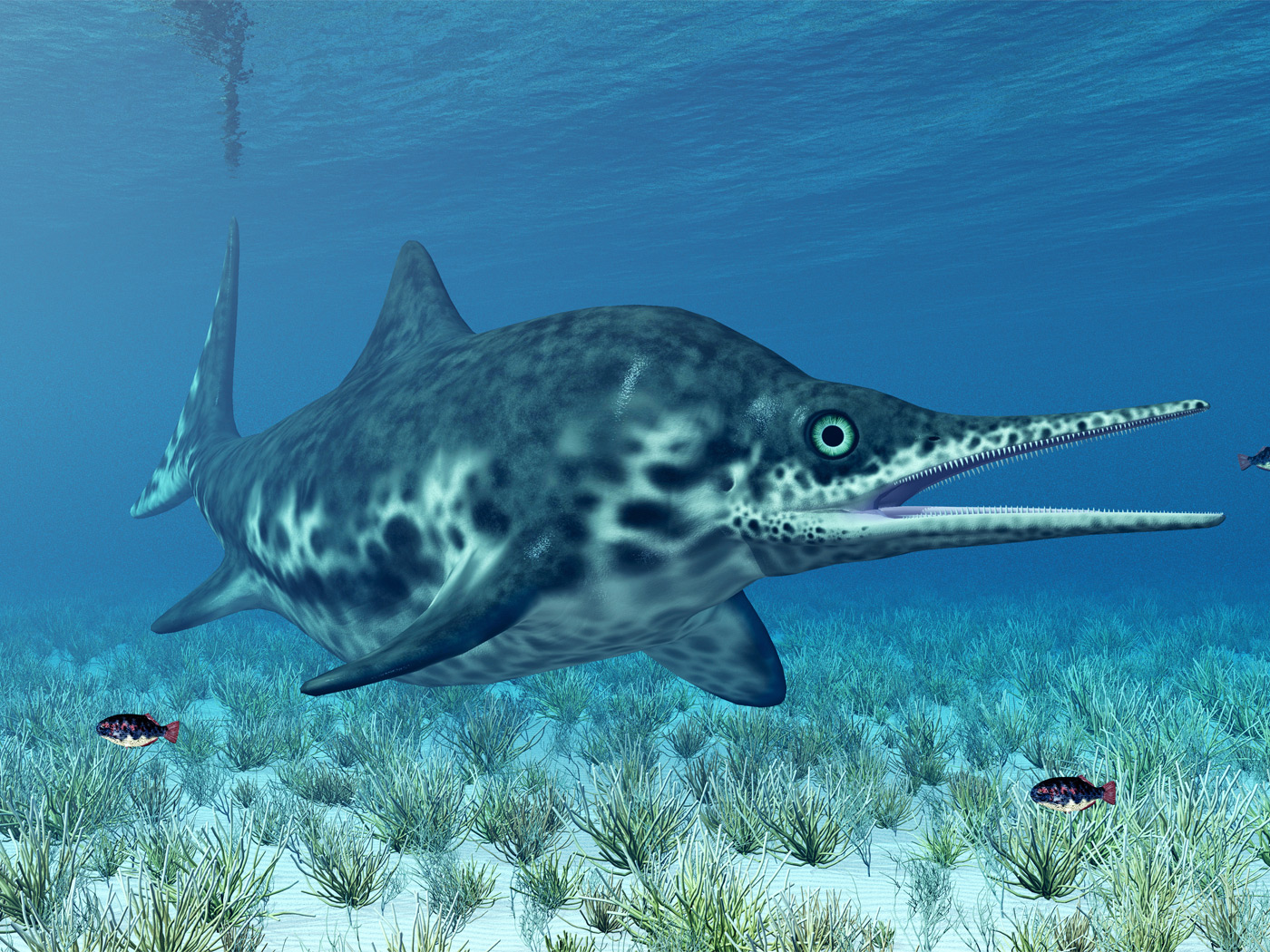Animals or humans who suffer aspergillosis can have labored breath, chronic coughing, and sneezing, fever, and diarrhea. None of those symptoms fossilize. But the abnormal bone growths in this sauropod vertebra show tell-tale broccoli-like bone growths.
“Poor Dolly,” Lawrence Witmer told Reuters.1 He is a paleoanatomist at the Ohio University Heritage College of Osteopathic Medicine and co-author of the report published in Scientific Reports.2
Lead author Cary Woodruff said, “I don't personally know of any fossil I've been able to sympathetically relate to more.”1
Witmer said, “As scientists we're excited and intrigued by Dolly's disease, but as humans who love dinosaurs and another [sic] animals, our hearts break when we think about how the last days of this young dinosaur were spent.”1
CT scans of a sauropod neck vertebra. Arrows point to bone growth identified as possibly aspergillosis.
Image credit: Copyright © Scientific Reports. Adapted for use in accordance with federal copyright (fair use doctrine) law. Usage by ICR does not imply endorsement of copyright holders.
Any dinosaur disease points to the Genesis Curse. There, the Bible teaches that death, toil, and thorns invaded a once “very good” creation (Genesis 1:31). Since that day about 1,656 years before the Flood, predators and diseases have intermingled with high-level design in creation.
That Flood trapped even enormous animals like the four-to-five-ton Dolly inside vast volumes of mud and sand. Thus, the Bible accounts for diseases and death found in fossils. It also accounts for our uniquely human capacity to sympathize with sufferers.
Why do these scientists feel so sad about this animal’s presumed grief? It just comes with the innate image of God that makes us who we are. God cares about his created creatures—so we do, too. God hates to see suffering, so we do too. These scientist’s reactions belie their origins as unique creations whether or not they would credit Him for it.
Why should a Darwinist feel sad about death? After all, untold deaths supposedly cleared the necessary paths for other creatures to evolve.
If disease and death fail to craft new life forms after all, then the credit for creation shifts from a false death god to a real Creator God. And that would explain why God’s image leaks out of us whether or not we want it to. It leaks whenever we react to suffering like these paleontologists did. Past and present suffering and death point to our beginnings in the Garden even as they pique our human longing for a garden restored.
References
1. Dunham, W. The sad and sorry story of Dolly the diseased and doomed dinosaur. Reuters. Posted on reuters.com February 10, 2022, accessed February 20, 2022.
2. Woodruff, D. C., et al. 2022. The first occurrence of an avian-style respiratory infection in a non-avian dinosaur. Scientific Reports. 12 (1954).
Stage Image: Dr. Brian Thomas at the Carnegie Museum in Pittsburgh.
*Dr. Thomas is Research Scientist at the Institute for Creation Research and earned his Ph.D. in paleobiochemistry from the University of Liverpool.























